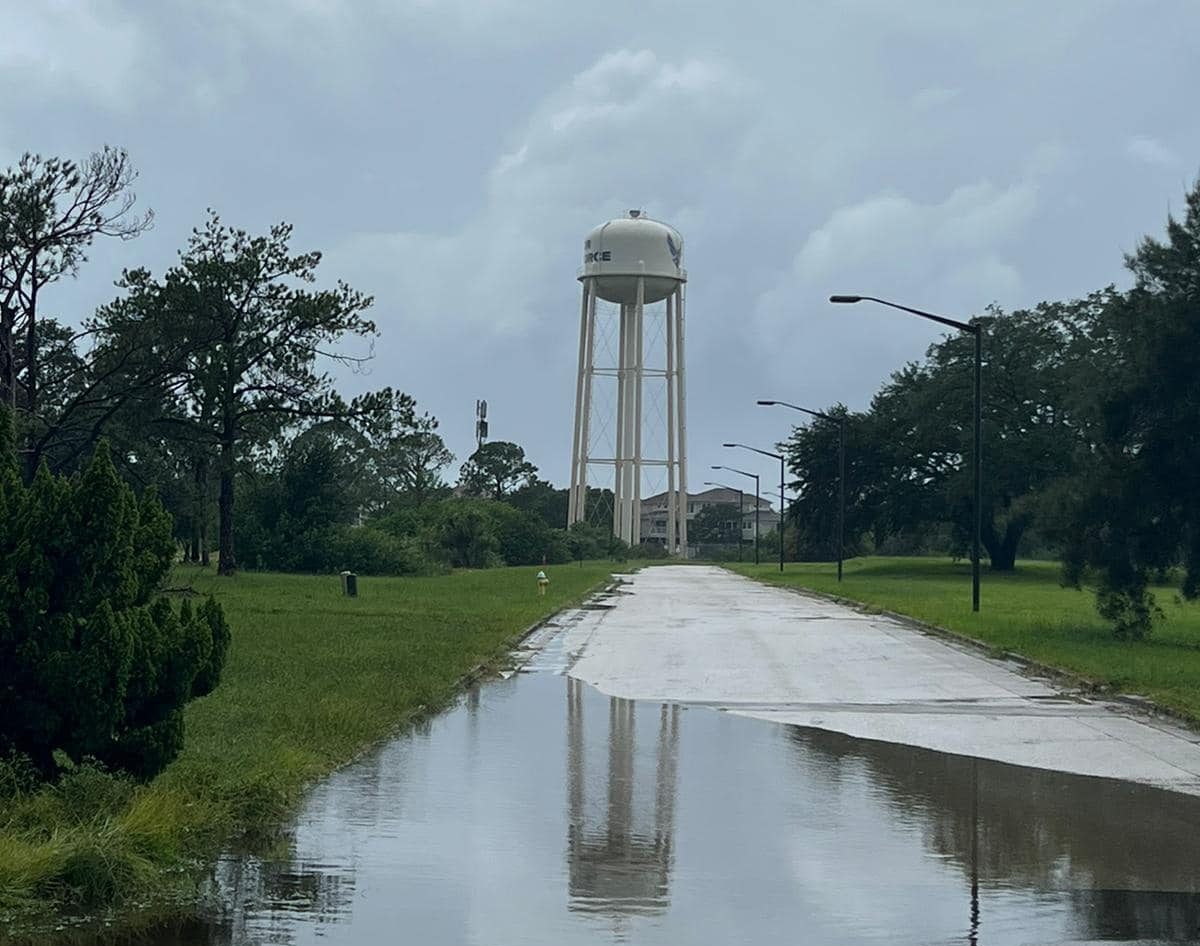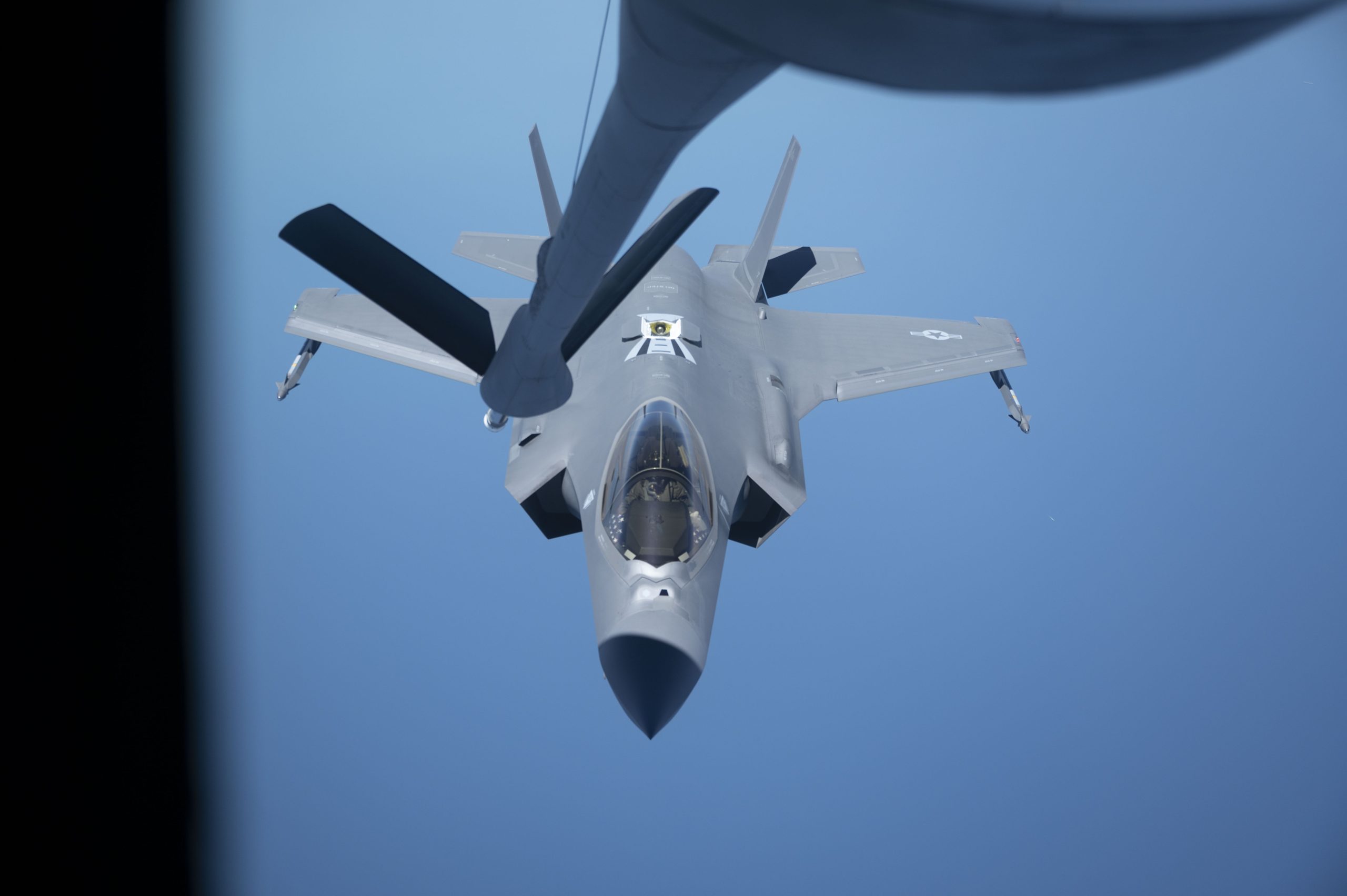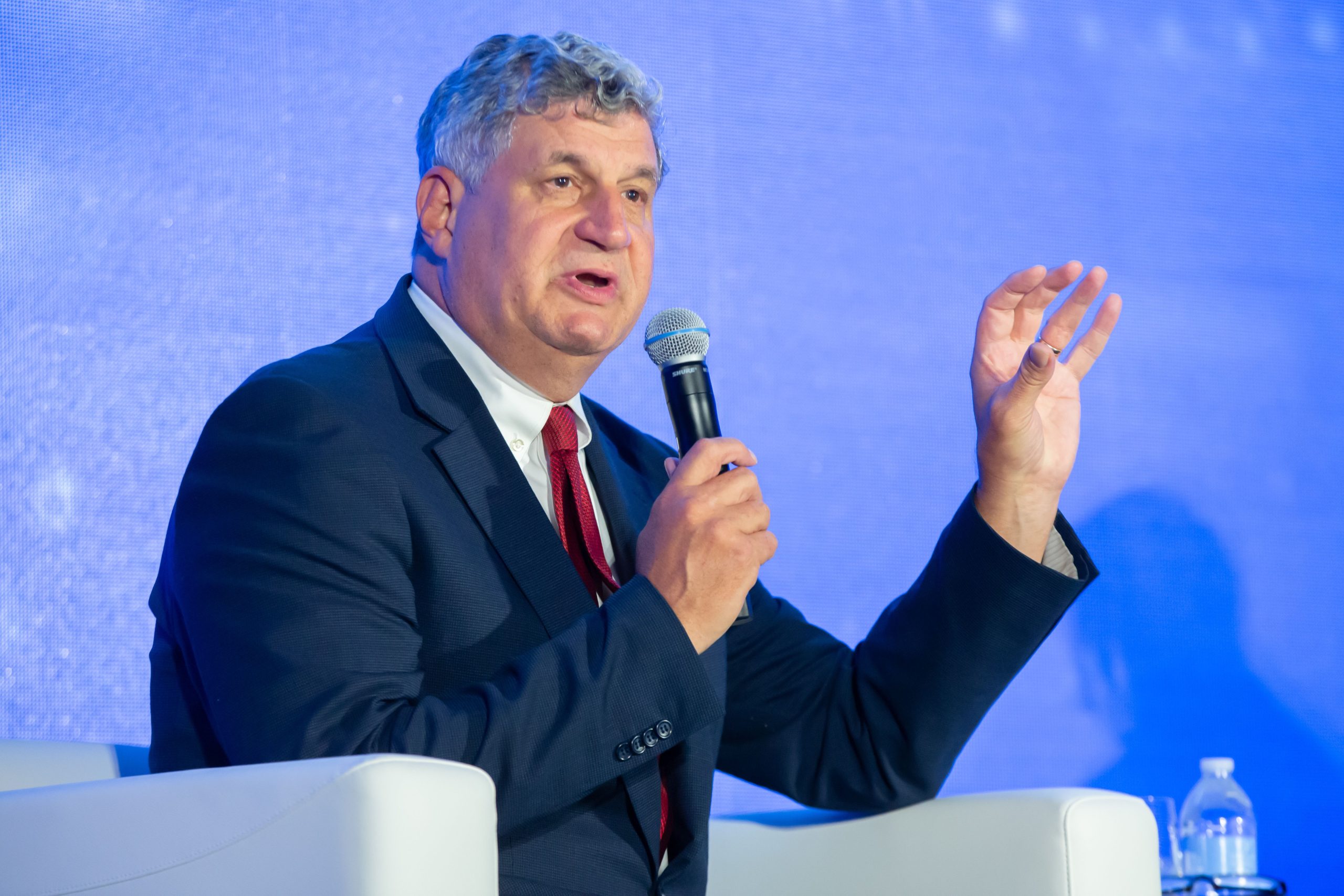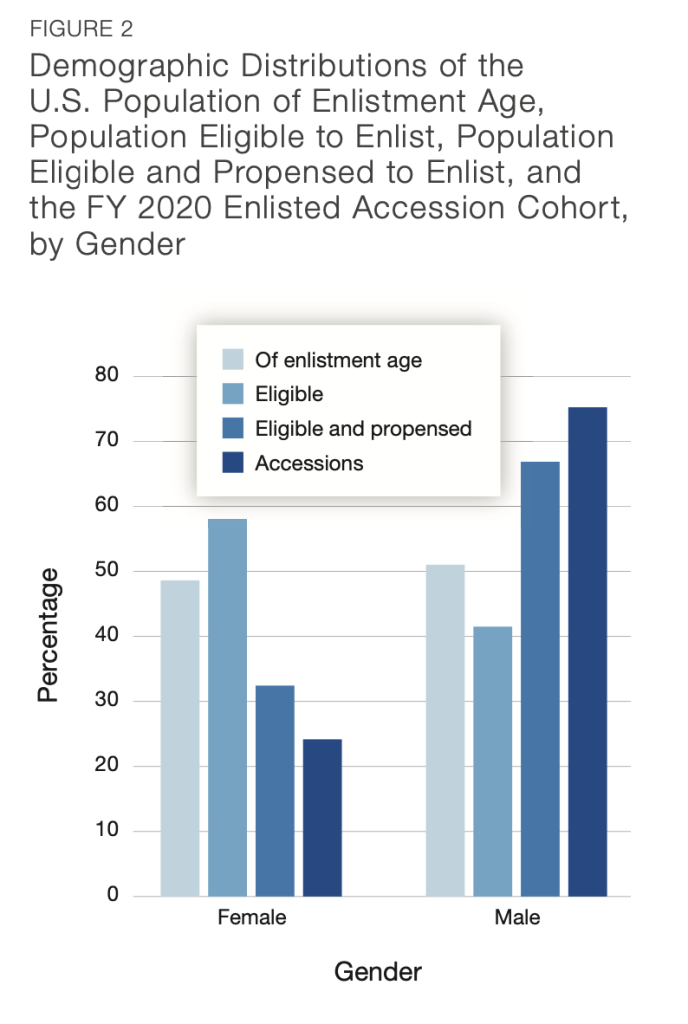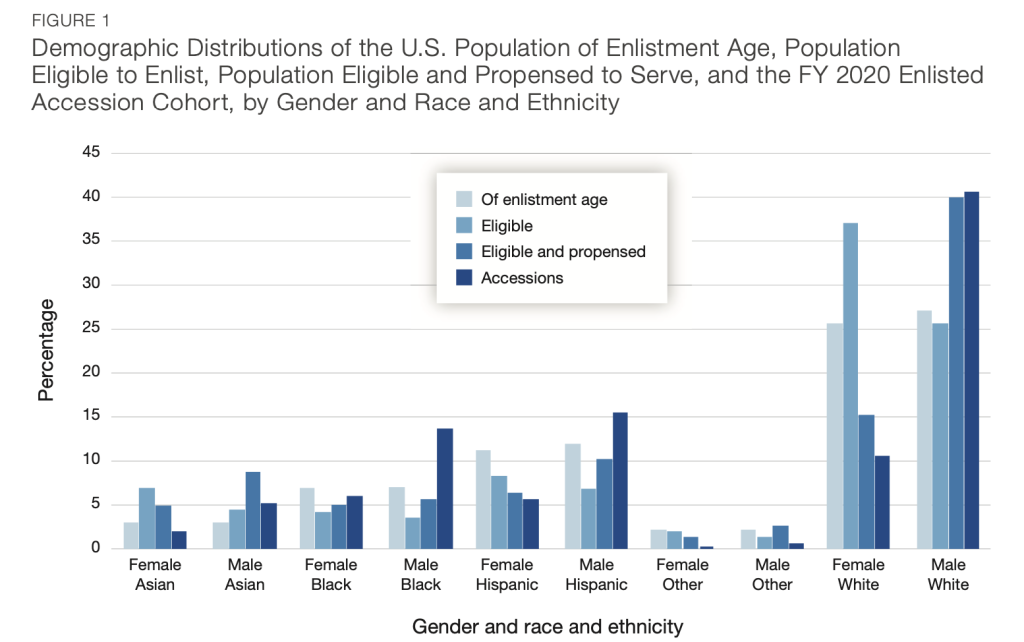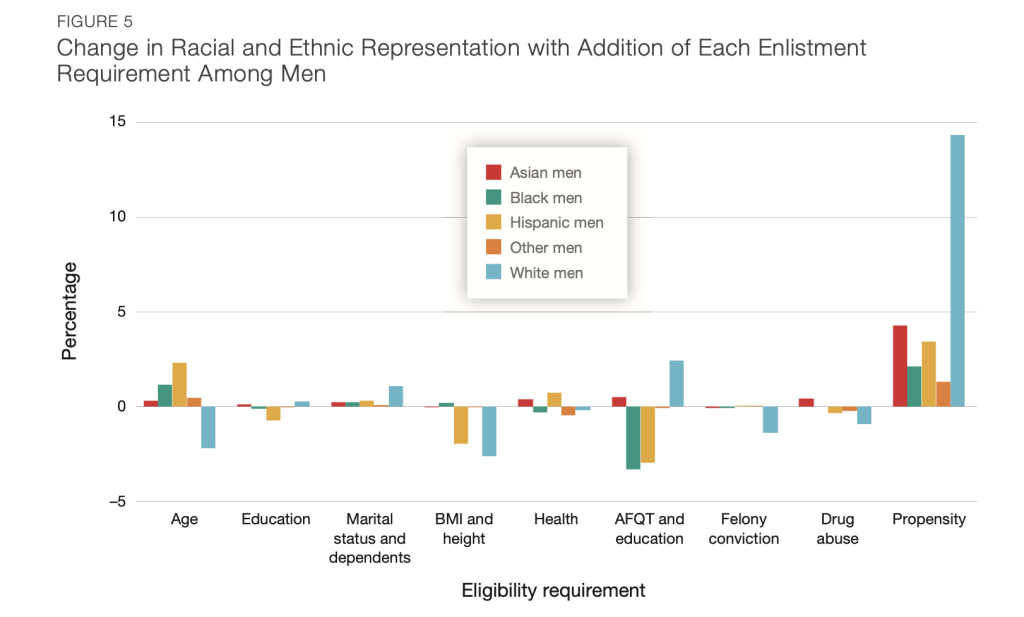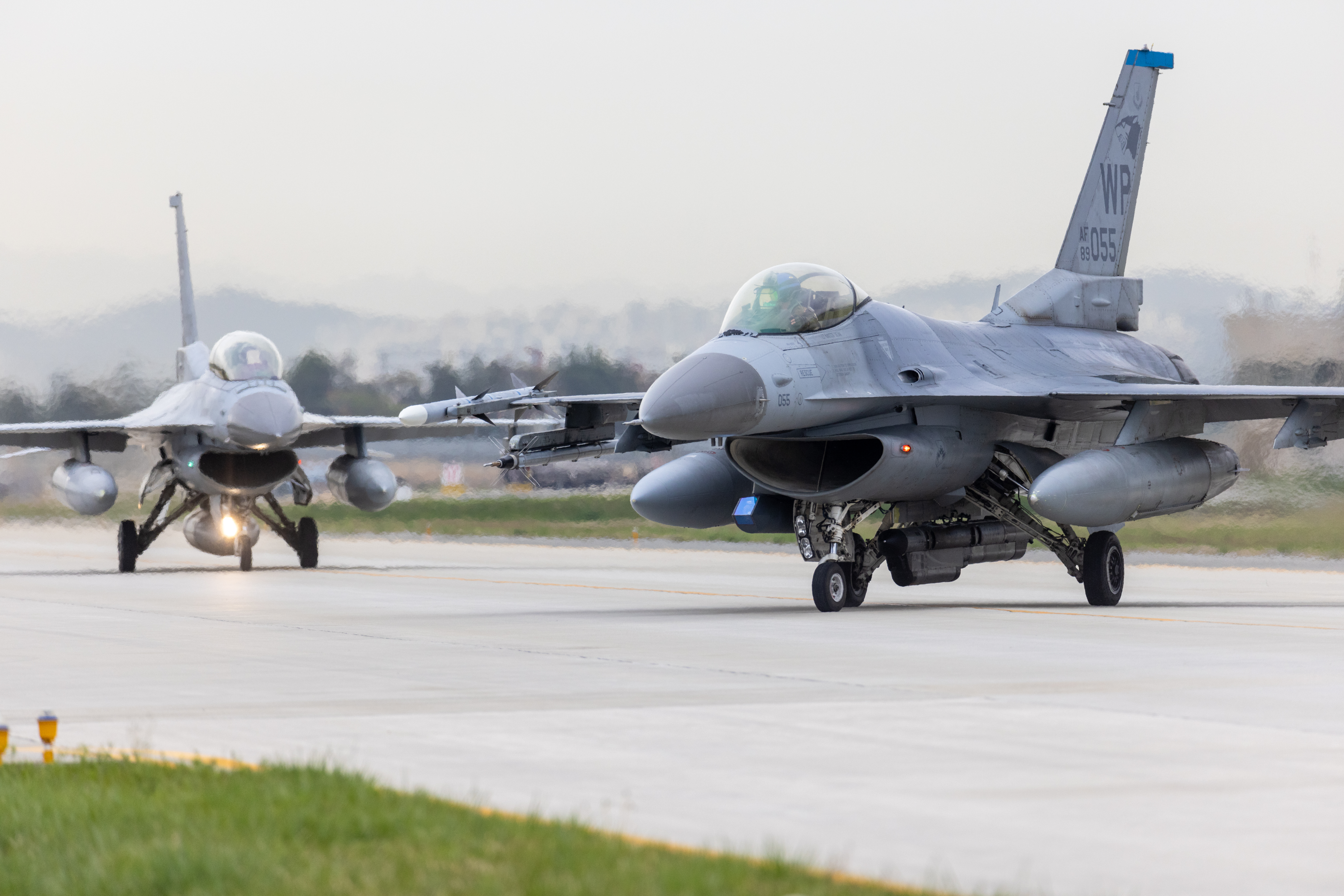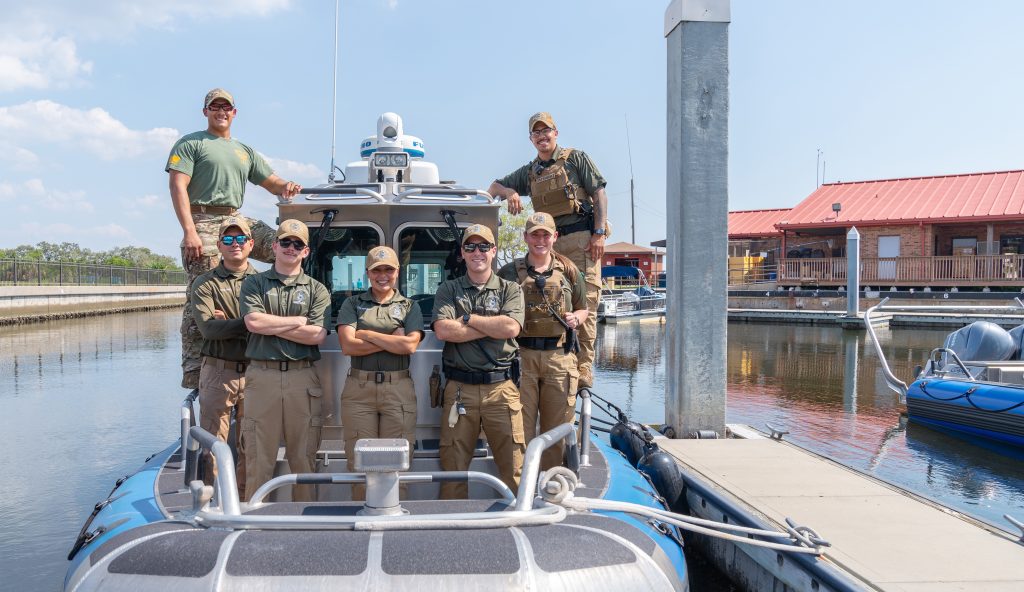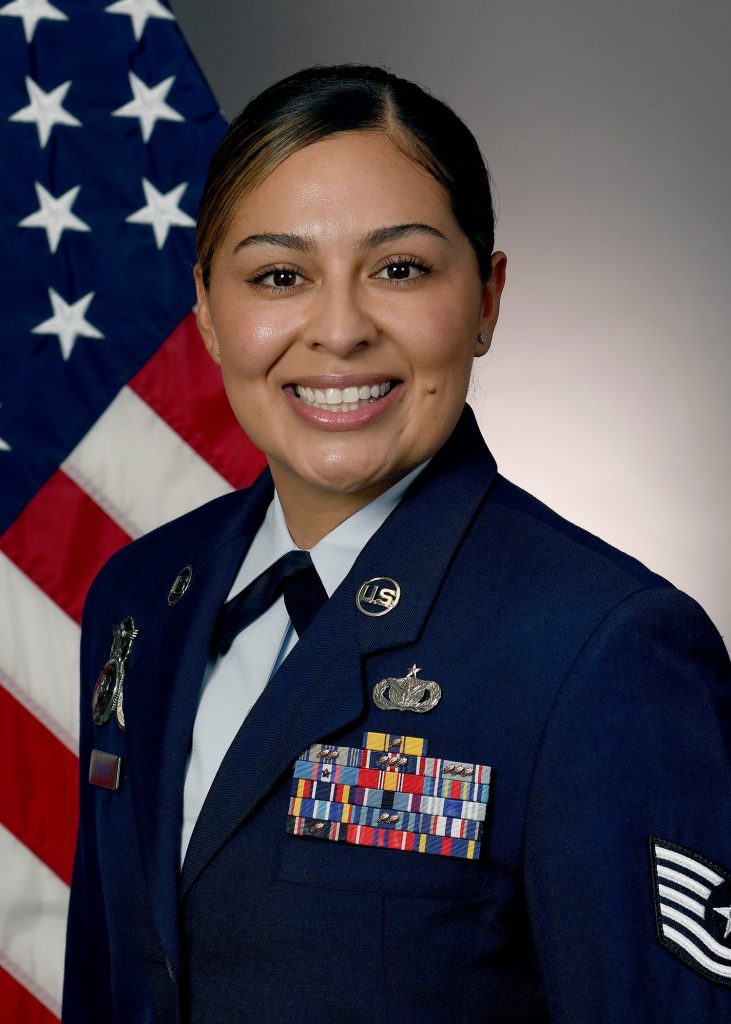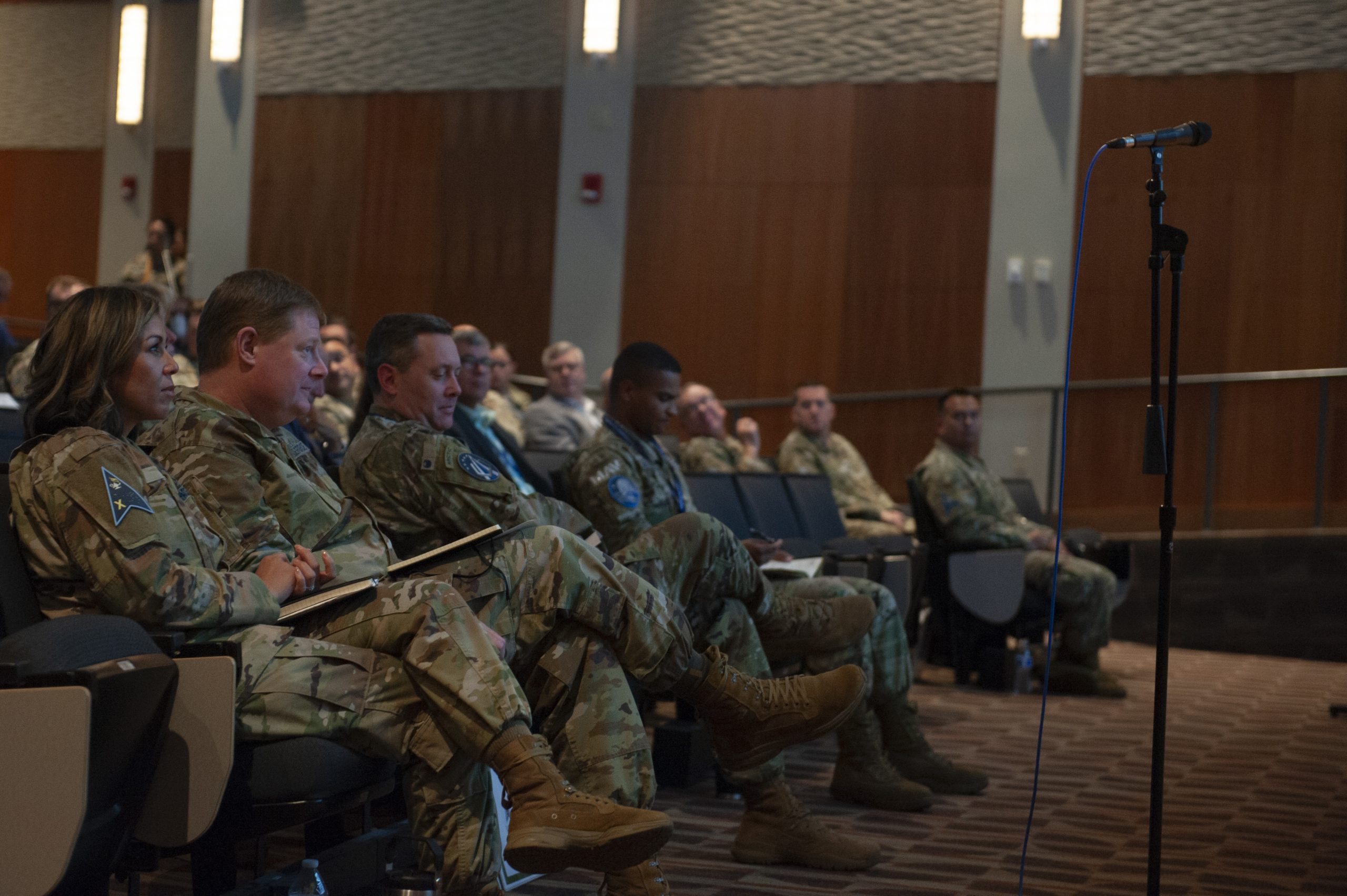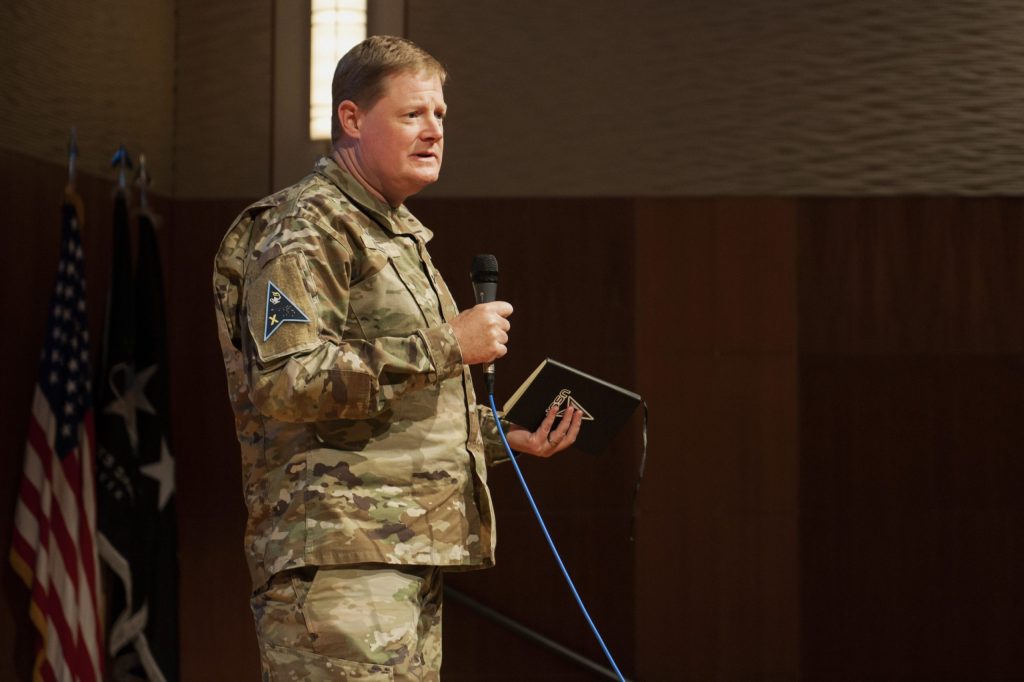Air Force bases in the path of Hurricane Idalia escaped major damage as the storm swept through Florida, Georgia, and South Carolina this week.
MacDill Air Force Base, Fla.; Moody Air Force Base, Ga.; and Joint Base Charleston, S.C., came under the Category 3 hurricane’s drenching rain and winds, but reported minimal to moderate damage in the storm’s immediate aftermath.
Space Launch Delta 45, which oversees both Patrick Space Force Base and Cape Canaveral Space Force Station, delayed a National Security Space Launch on Aug. 29 because of the storm and encouraged eligible personnel to work from home Aug. 30. The launch, on behalf of the Space Force and National Reconnaissance Office, will be rescheduled.
MacDill evacuated completely Aug. 29 and was still closed to non-mission-essential personnel on Aug. 31, as recovery efforts got underway. MacDill’s KC-135s relocated to March Air Reserve Base, Calif.; Bangor Air National Guard Base, Maine; Tinker Air Base, Okla.; and McConnell Air Force Base, Kan. Initial photos posted to the MacDill’s Facebook page show some streets flooded or littered with debris, but little structural damage. The base’s evacuation order was lifted effective noon Aug. 31, with personnel expected to return by 11:59 p.m. Sept. 1.
Moody closed to non-mission-essential personnel on Aug. 30 and remained closed through Aug. 31 as recovery began. Moody sent four HC-130Js to Barksdale Air Force Base, La., but kept the rest of its aircraft secured or in hangars, a spokesperson told Air & Space Forces Magazine. Damage at the base, the spokesperson said, “seems minimal and mostly due to high winds and tree branch debris.”
Charleston remained open throughout the storm, its C-17s remaining in place, a spokesperson said. Some offices opened late in the days following the storm, as base personnel attended to their homes and families. In a social media post, base officials said damage “was minimal, but our Airmen are working diligently to clear the installation and flightline of debris.”
Elsewhere in the region, home to numerous military bases, the Navy evacuated helicopters from Naval Air Station Jacksonville, Fla., and Naval Station Mayport, Fla., while Tyndall Air Force Base, Fla.; Eglin Air Force Base, Fla.; Hurlburt Field, Fla.; Robins Air Force Base, Ga., and Shaw Air Force Base, S.C., reported no damage or closures.
Space Launch Delta 45, which oversees both Patrick Space Force Base and Cape Canaveral Space Force Station, delayed a National Security Space Launch on behalf of the Space Force and National Reconnaissance Office on Aug. 29 because of the storm and encouraged eligible personnel to work from home Aug. 30, but reported no base closures.
Idalia was the first hurricane to make landfall on the East Coast this year. Damage to the surrounding community was significant, causing Florida Gov. Ron Desantis to activate more than 5,000 members of the Florida National Guard. Meanwhile, the South Carolina National Guard mobilized around 100 Guardsmen.
“The Department of Defense through U.S. Northern Command is providing FEMA a federal staging area at Maxwell Air Force Base in Alabama and NORTHCOM has deployed a Defense Coordinating Officer element charged with coordinating with FEMA in Tallahassee, Fla.,” said Brig. Gen. Pat Ryder, the chief Pentagon spokesman.
